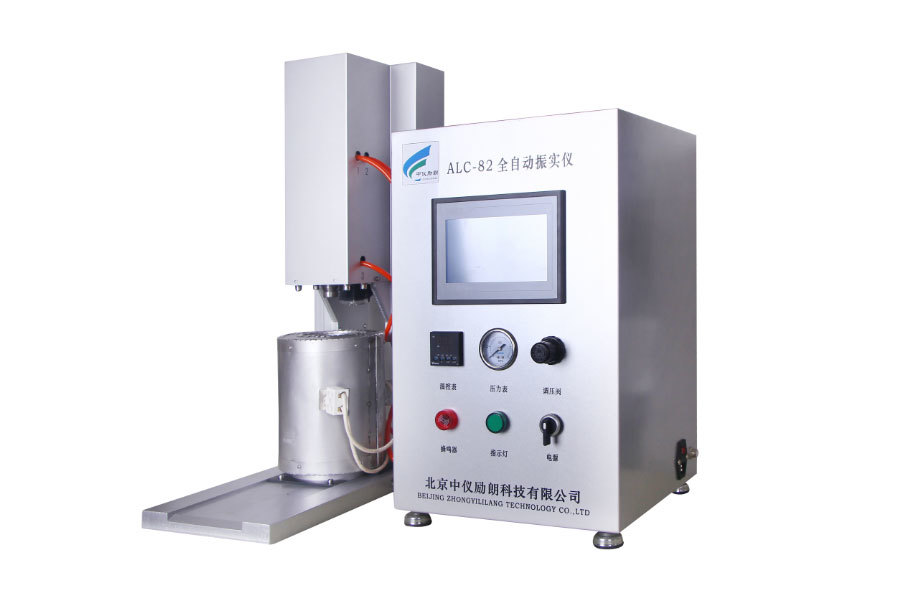Unlocking Efficiency: The Role of Quality Sample Forming Machines in Modern Manufacturing
Jul 05,2025

Unlocking Efficiency: The Role of Quality Sample Forming Machines in Modern Manufacturing
Table of Contents
- 1. Introduction to Sample Forming Machines
- 2. The Importance of Quality Sample Forming Machines
- 3. How Sample Forming Machines Work
- 4. Types of Sample Forming Machines
- 5. Benefits of Using Quality Sample Forming Machines
- 6. Choosing the Right Sample Forming Machine
- 7. Maintenance and Care for Sample Forming Machines
- 8. The Future of Sample Forming Machines
- 9. FAQs
- 10. Conclusion
1. Introduction to Sample Forming Machines
In the fast-paced world of manufacturing, **efficiency** and **quality** are paramount. The introduction of **quality sample forming machines** has revolutionized production processes, allowing companies to streamline operations and enhance productivity. These machines play a critical role in producing prototypes and small batches of parts, enabling manufacturers to test designs, materials, and production methods before full-scale production.
2. The Importance of Quality Sample Forming Machines
Sample forming machines are essential for several reasons. They not only reduce the risk associated with new product development but also allow manufacturers to respond swiftly to market demands. By utilizing these machines, companies can minimize waste, lower production costs, and ensure that the final products meet high standards of quality. Quality sample forming machines also facilitate innovation by enabling rapid prototyping, which is crucial in today’s competitive landscape.
3. How Sample Forming Machines Work
Sample forming machines operate on various principles depending on their type. In general, these machines transform raw materials into finished products through processes such as heating, cooling, and application of pressure. They can create components from different materials, including plastics, metals, and composites. Understanding the mechanics behind these machines is vital for optimizing their performance and ensuring consistent product quality.
4. Types of Sample Forming Machines
Manufacturers can choose from several types of sample forming machines, each designed for specific applications and materials.
4.1 Injection Molding Machines
Injection molding machines are widely used for producing plastic parts. They work by melting plastic pellets and injecting the molten material into a mold to create the desired shape. This method is efficient for high-volume production and provides excellent dimensional accuracy.
4.2 Extrusion Machines
Extrusion machines are ideal for creating long shapes, such as pipes and tubes, from materials like plastic and metal. The process involves forcing material through a die to form a continuous shape, which is then cut to the desired length.
4.3 Compression Molding Machines
Compression molding machines are utilized for manufacturing parts from rubber and thermosetting plastics. The process involves placing a pre-measured amount of material into a mold, which is then heated and pressed to form the final product. This method is effective for producing large, complex shapes with minimal waste.
5. Benefits of Using Quality Sample Forming Machines
Investing in quality sample forming machines offers numerous advantages that can significantly impact manufacturing efficiency and product quality.
5.1 Increased Efficiency
Quality sample forming machines streamline production processes, reducing cycle times and increasing output. With automated features and precise control, these machines can operate continuously, allowing manufacturers to meet tight deadlines and fulfill large orders without sacrificing quality.
5.2 Improved Product Quality
The precision and consistency offered by quality forming machines lead to higher product quality. These machines minimize defects and ensure that each part meets exact specifications, which is crucial for customer satisfaction and maintaining a competitive edge.
5.3 Cost Reduction
Utilizing quality sample forming machines can lead to significant cost savings. By reducing material waste, optimizing energy consumption, and minimizing labor costs through automation, manufacturers can lower their overall production expenses, allowing them to invest more in research and development.
6. Choosing the Right Sample Forming Machine
Selecting the appropriate sample forming machine is critical for achieving optimal results. Factors to consider include the type of material being used, the complexity of the part being produced, and the scale of production. Conducting thorough research and consulting with experts can help manufacturers make informed decisions that align with their production goals.
7. Maintenance and Care for Sample Forming Machines
Regular maintenance is essential for ensuring the longevity and efficiency of sample forming machines. Manufacturers should establish a preventive maintenance schedule that includes routine inspections, cleaning, and parts replacement. By taking proactive measures, companies can minimize downtime and avoid costly repairs.
8. The Future of Sample Forming Machines
The landscape of manufacturing is ever-evolving, and the future of sample forming machines looks promising. Advancements in technology, such as automation, artificial intelligence, and materials science, are expected to further enhance the capabilities of these machines. As manufacturers embrace Industry 4.0 principles, incorporating smart technologies into forming processes will lead to even greater efficiencies and innovations.
9. FAQs
What are sample forming machines used for?
Sample forming machines are used to create prototypes and small batches of parts, enabling manufacturers to test designs and materials before full-scale production.
How do I choose the right sample forming machine for my business?
Consider factors such as the type of material, complexity of the part, and production scale when selecting a sample forming machine.
What are the benefits of using quality sample forming machines?
Quality sample forming machines improve efficiency, enhance product quality, and reduce overall production costs.
How often should sample forming machines be maintained?
Establish a preventive maintenance schedule that includes regular inspections, cleaning, and parts replacement to minimize downtime and extend the machine's lifespan.
What is the future of sample forming machines?
The future of sample forming machines will likely include advancements in automation, artificial intelligence, and materials technology, leading to enhanced efficiencies and innovations in the manufacturing process.
10. Conclusion
Quality sample forming machines are indispensable tools in modern manufacturing, driving efficiency and product quality. By investing in these advanced machines, manufacturers can stay ahead of the competition, respond to market demands, and foster innovation. As technology continues to evolve, the role of sample forming machines will only become more crucial in shaping the future of manufacturing. Embracing these machines not only unlocks efficiency but also paves the way for a more competitive and sustainable manufacturing landscape.
PREVIOUS:
Contact Us








